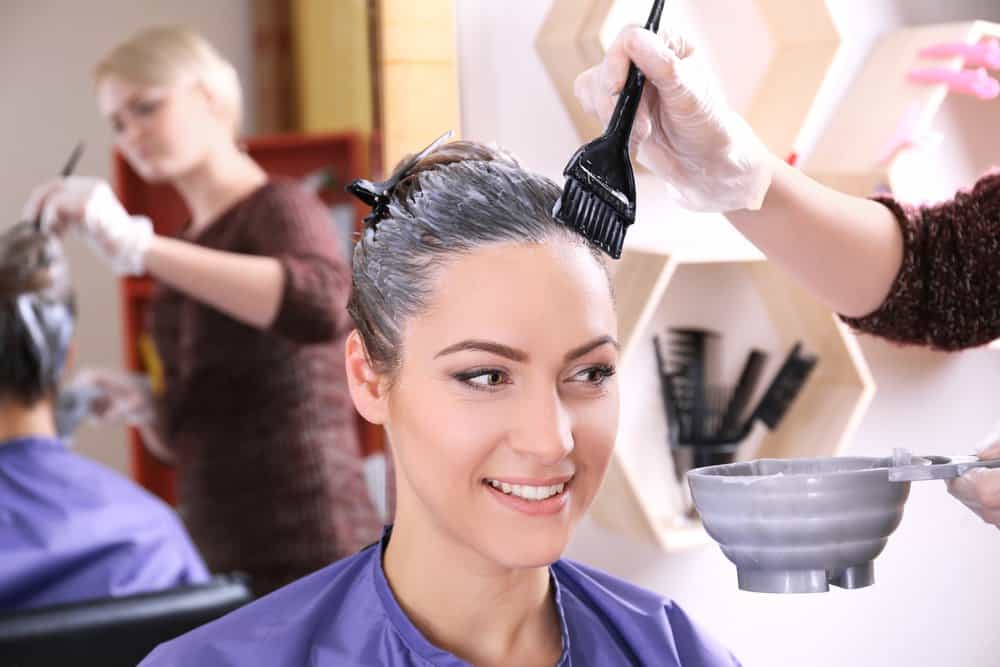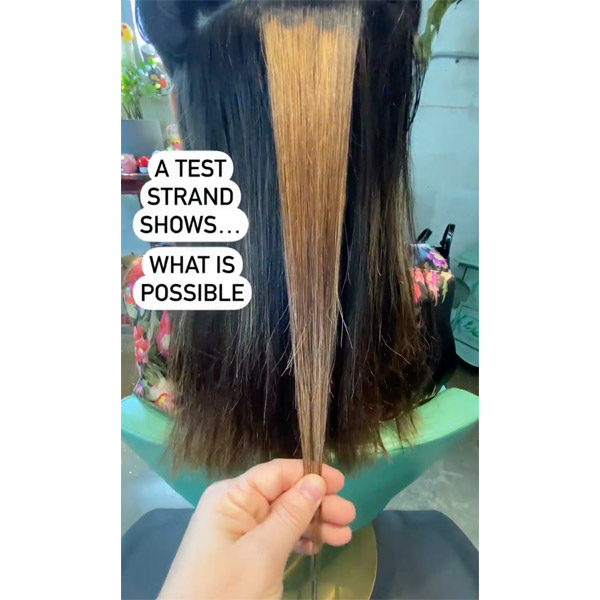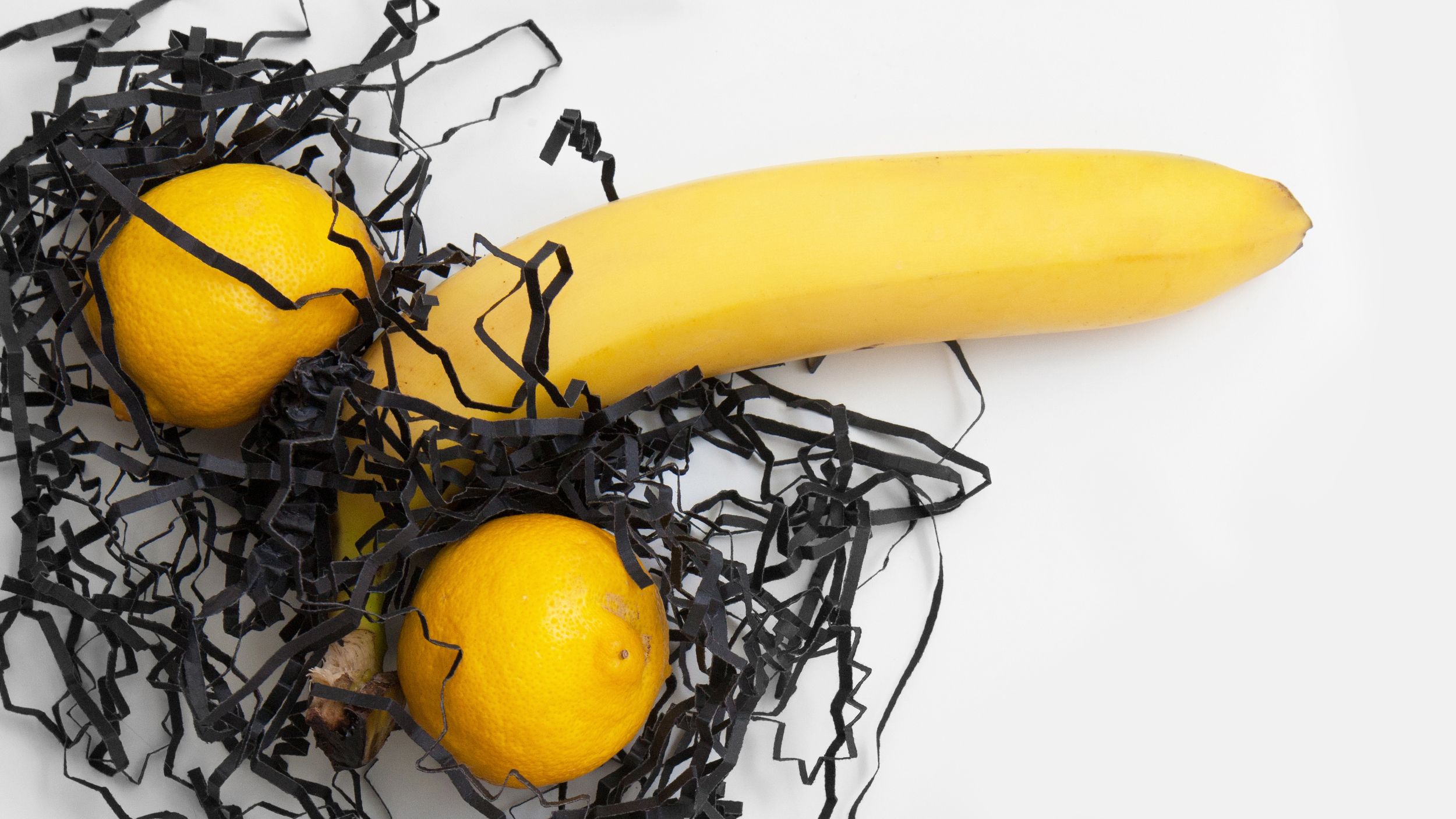Table Of Content

Some color effects simply require more upkeep than others—red and pink hair shades and fashion colours like pastels and mermaid are notorious for fasing fast. It’s all about finding what works best for you and your lifestyle. Porous hair doesn’t hold dye as well as hair that has never been dyed before, for instance.
How Frequently Can You Dye Your Hair?
Remember to deep condition with moisturizing products like leave-in conditioners and regular deep treatments to help preserve dyed locks. While plenty of hair masks focus on replenishing moisture before being rinsed out, this innovative spray focuses on strengthening overnight. The dry formula bonds to the natural proteins inside the hair fiber, helping to reinforce it from the inside, making it a solid pick for damage control post-dye. Covington-Bowers recommends olive oil alone or as a base for almond, amla, black castor, or coconut oil. All have natural properties that penetrate strands to help repair and prevent additional damage.
How often can I dye my hair without damaging it?
More shades than that, and you have to use bleach or permanent dyes with peroxide. Those are harsher on your strands than temporary or demi-permanent options. While, yes, you can technically dye your hair every two weeks (especially with at-home dye), our experts don't recommend it. Remember, dyeing your hair is a chemical process that can compromise your hair strands, causing breakage, damage, and even dryness if done too frequently or incorrectly. When strictly coloring your roots, there's a little more wiggle room.
So How Long Should I Wait?
On the other hand, if you use hair dye to enhance your natural color — like getting highlights or a balayage — you may be able to extend the time between salon visits. Scalp conditions can impact how often you dye your hair as your scalp health can affect the dyeing process and strand damage. Hair glosses are a popular option for freshening up your hair hue without dyeing your mane all over again. The L’Oréal Paris Le Color Gloss One Step In-Shower Toning Gloss is an at-home treatment that works to enhance your hair color and tone, while also deeply conditioning your strands.
If you’re naturally fair-haired, you’ll likely need to darken your brows, too. Since using dye near the eyes isn’t recommended at home, you could either visit a pro or use a brow powder. The translucent formula deposits pigment into damaged areas and faded dye. Additionally, incorporate color-depositing shampoos and conditioners into your routine and use lower heat styling to lock in color. Don’t just coat that freshly dyed hair with conditioner either – leave it on under a shower cap for at least 10 minutes so the conditioning ingredients can really penetrate for improvement underneath.
"The more porous, the longer it will last, and as it grows out, it will also fade nicely," says Bird. "Those who henna their hair regularly find that the color builds over time, creating a more vibrant and longer-lasting color with each application." Most professional salons exclusively offer synthetic hair dyes, so if you're looking to try henna, you'll likely have to do it at home. Thankfully, both Lush and Henna Sooq offer henna dyes that are easy to use — just follow Bird and Carryl's tips below. Or, you can use the latest root cover-up spray that isn’t damaging at all.
"Gray hair does not show faster just because you color your hair," says Debski. Factors like stress, health, and genetics are going to contribute to your first signs of gray, but hair color history will never be one of them. And when you do notice those first gray hairs coming in, Debski points out that it'll likely be at the roots as new growth.
She says to pick up a hair color remover from your local drugstore that contains sulfur. Then, make an appointment with a professional to set things right again. When you walk out of the salon, your newly dyed hair might look incredible but it’ll def take some effort to keep it looking lush. When looking after the condition and vibrancy of your dyed tresses, it’s important to add wash and care products that are designed for the job. Perfect for festivals or themed parties, hair chalk allows your hair to become a canvas for color—without the permanent consequences.

How Long Does Temporary and Semi-Permanent Hair Dye Last?

If you feel like your roots are constantly showing, a healthier alternative might be a temporary color you can do yourself. "Generally, the less you color your hair, the better since you're subjecting it to less stress and chemicals," says Giselle Luza, NYC colorist and founder of Soho Blondes. So, if you want to keep your roots covered, the timing of your dye jobs will differ from someone keeping up all-over color or highlights. To get to the root of how often you can dye your hair, we spoke to three professional colorists on how to time your color appointment—whether in the salon or at home.
Some individuals opt for touch-ups every two to three weeks, while others prefer longer intervals to allow their hair to recover. Permanent hair dyes are known for their long-lasting effects.[2] If you’re wondering, “How often should I dye my hair to cover gray strands? ” it’s generally considered safe to re-dye with permanent color every six to eight weeks. Unlike other types of dyes, permanent hair coloring not only adds color but also lightens the hair.
If you’re using permanent hair dyelike the L'Oréal Paris Feria, give your strands a break in-between dyeing sessions, waiting until your roots grow out. When you do need a refresh, simply do a root touch-up rather than coloring your entire head of hair. The downside to using semi-permanent hair dye is that this is going to cost you a lot of money at the end of the day. But you are using it on a weekly basis instead of using it on a four or six-weekly basis. This can cost more than going to a salon for permanent coloring, doing it professionally.
I Dyed My Hair Myself at Home and It Was an Easy Process - Business Insider
I Dyed My Hair Myself at Home and It Was an Easy Process.
Posted: Mon, 15 Jun 2020 07:00:00 GMT [source]
There are several ways to lengthen the life of your hair color, too. Even though bleach can be harsh, Choi says you can book an appointment for a touch-up basically as soon as your root grow-out starts to bug you. Just try to lay off the heat styling as much as possible in the interim, she advises. Depending on the condition of your hair, you should be able to safely re-dye it every few weeks to a month — or in about 4 to 10 washes.
There are some exceptions, but in general, it’s better to err on the side of caution and wait for this long. If you enjoy experimenting with different shades of color, you’ve probably already asked yourself, "how often can I color my hair?" The answer is, well, it depends! But don’t worry, we’re here to help you estimate how often you should be visiting the salon or dipping into your collection of dyes at home.
Unlike all the previous color treatments, permanent hair color is meant to last. It changes the structure of your hair to give a different hair color. Permanent dyes work through chemicals, like ammonia and peroxide, that opens the hair cuticle to let your chosen color into the follicle and are less damaging to your hair than bleach. Rameriz says he typically uses a demi-permanent instead of a semi-permanent dye on his clients. He recommends the Redken Shades EQ, with the addition of a bonder inside, to offer longer-lasting results and more conditioning benefits than a semi-permanent hair color. A hair colorist can help you determine which type of hair dye is right for your lifestyle (i.e. how high or low maintenance you’d like your hair color to be!) and the look you’d like.




